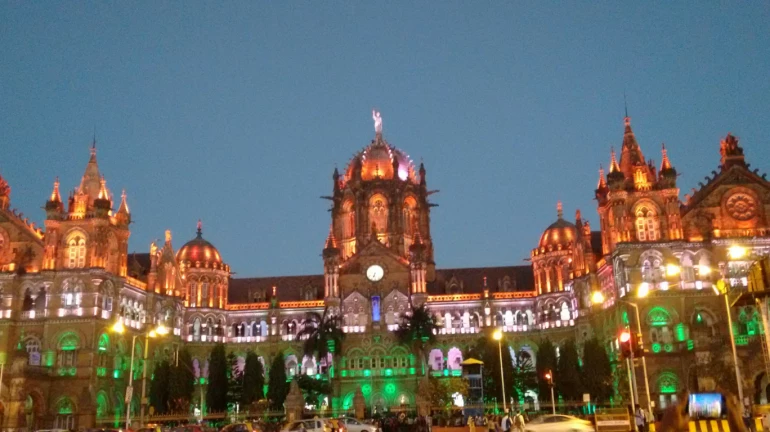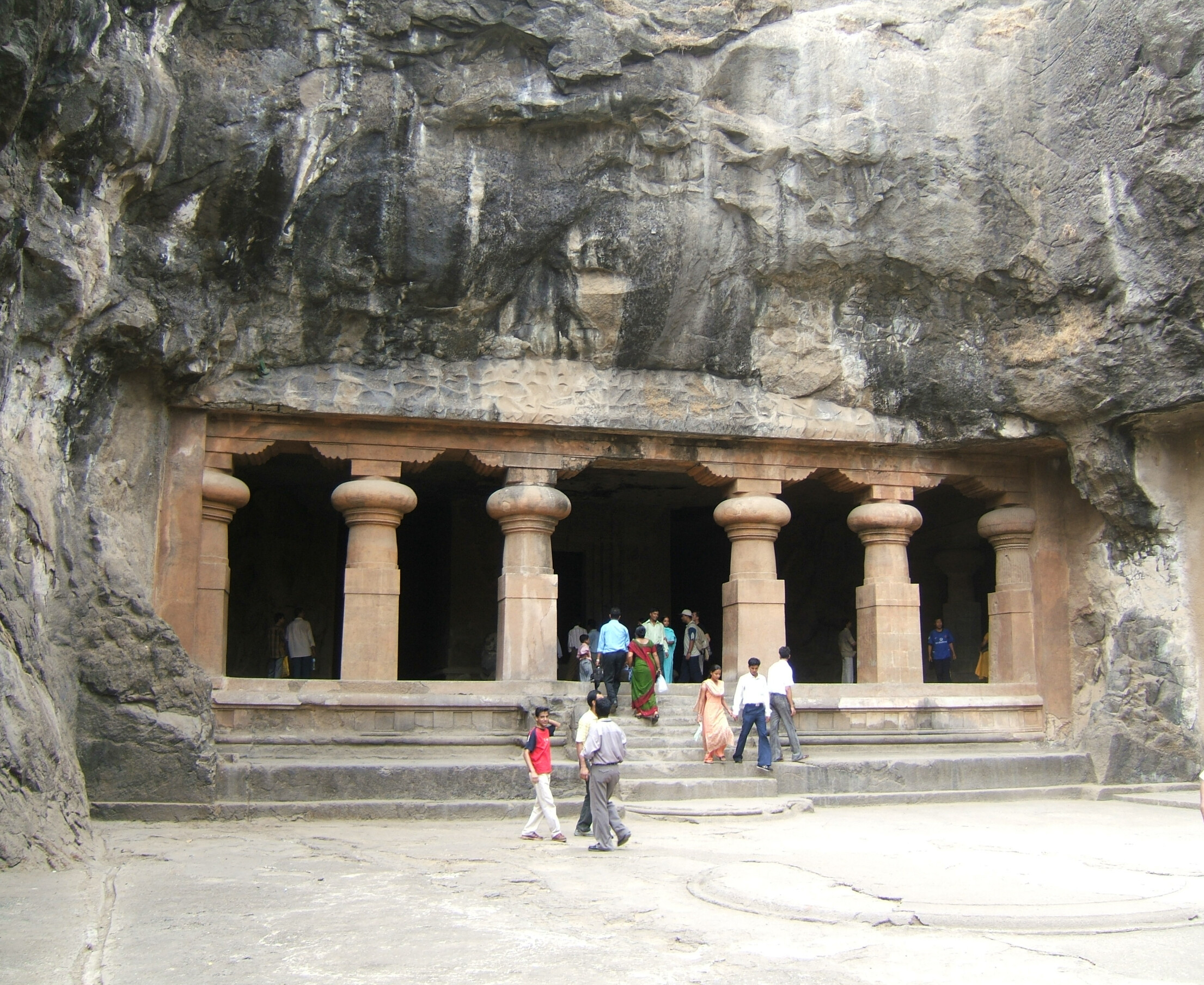
When the UNESCO World Heritage Committee convened their 44th session at Fuzhou in China, little did we know that the meeting would result in two landmark additions to India’s World Heritage Sites list. Today, India has a whopping 40 World Heritage Sites to her name, including the recently added Kakatiya Rudreshwara Temple inscriptions in Telangana and the Harrapan city of Dholavira. Spread across the length and breadth of India, the UNESCO World Heritage Sites bring honour and global attention to the country.

Known as India’s Miami for its studded coast, the island city of Mumbai has many epithets. Whether you call it the city of dreams or the Maximum City, Mumbai is undeniable and unforgettable. From its glorious street food to being the home of Bollywood, Mumbai is glamourous and cutting-edge. But those who know the city also know that Mumbai is steeped in history and culture. This magnificent megalopolis also has not one but three UNESCO World Heritage Sites to its name.
Gharapuri Island
Located off the coast of the city, the Gharapuri or Elephanta island is best known for being home to the intricately carved Elephanta Caves. Named a World Heritage Site by UNESCO in 1987, the Elephanta Caves have the honour of being the first such site in Mumbai.
Dedicated to Lord Shiva, the Elephanta Caves are a collection of stunning temples and reliefs dating back to the 5th century. Standing tall as an excellent example of rock-cut architecture, the seven caves on the island are indelible footprints on the fabric of time. Along with Hindu shrines and Portuguese canons, the caves also boast Buddhist stupas and reliefs. Hop onto an hour-long ferry ride from the majestic Gateway of India, a stunning sight by itself, and you will soon find yourself basking in the architectural brilliance of the Elephanta Caves.
Chhatrapati Shivaji Maharaj Terminus
Rechristened the Chhatrapati Shivaji Maharaj Terminus (CSMT), this site is also known as the Victoria Terminus Station or just VT. Reckoned to be one of the busiest railway stations in India, CSMT was named a UNESCO World Heritage Site in 2004. Conceptualised and designed by a British architect named FW Stevens, CSMT is a railway station unlike any other. The neo-gothic style of architecture has a rich history, and the terminus itself is over 130 years old.
CSMT also has the honour of being the second most photographed building in the city, bested by the symbol of love, the Taj Mahal.
Heritage Buildings at Fort and Marine Drive
The latest addition to the list of UNESCO World Heritage Sites in Mumbai, the Victorian Gothic and Art Deco ensemble, is a heritage building group that was only added to the UNESCO list in 2018. This group includes the Bombay High Court, David Sassoon Library, Ram Mahal, Eros Cinema, Regal Cinema, Chhatrapati Shivaji Maharaj Vastu Sangrahalaya (CSMVS), University of Mumbai, Elphinstone College, and Maharashtra Police Headquarters. It is a testament to the excellent heritage management team of the city that all the buildings in this ensemble are currently in use to provide services to Mumbaikars.
These globally recognised sites bring a host of advantages to the city and help solidify Mumbai’s presence amongst the best cities in the world.





